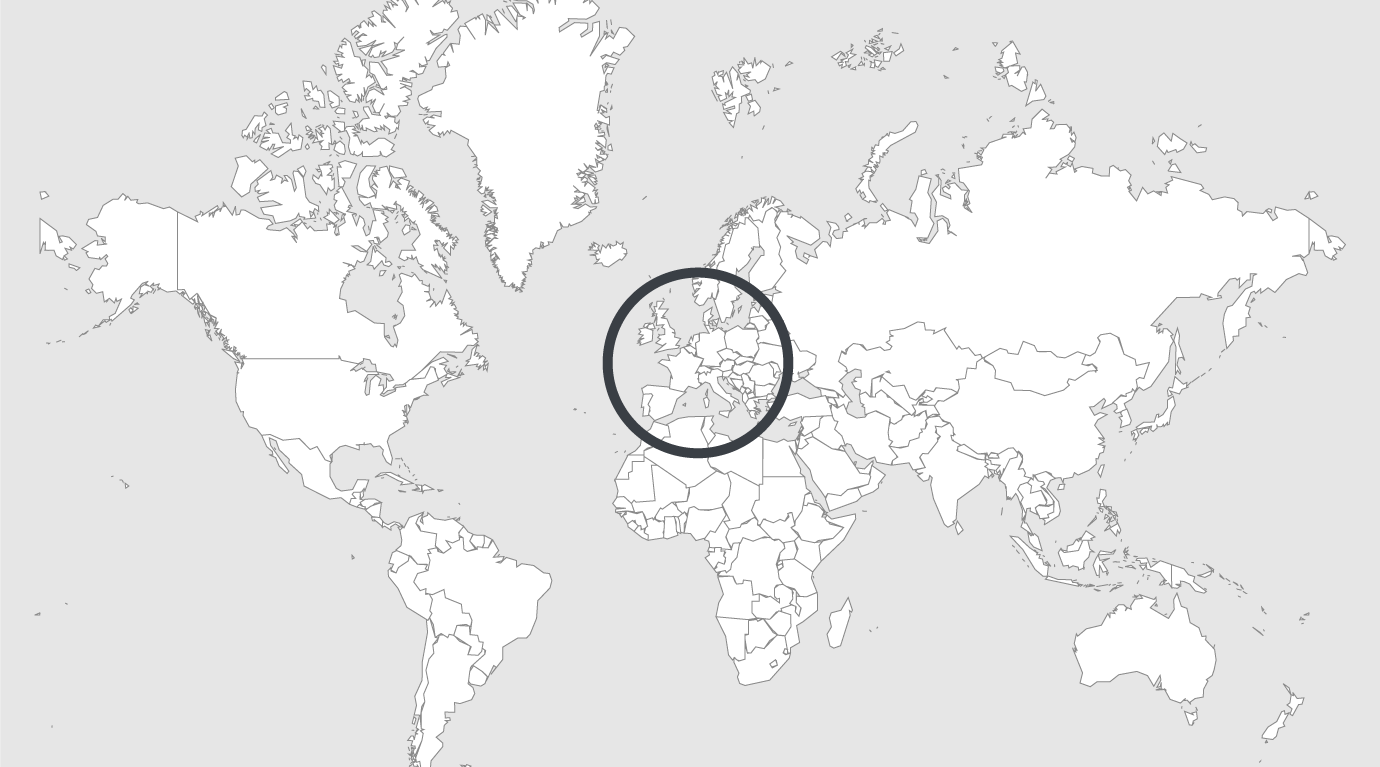
Explore
UK: prisoners could help fill post-Brexit workforce gap, says minister
Offenders could fill the workforce gap left behind by Brexit, the justice secretary has said, as he launched a strategy to boost prisoners’ employment prospects.
Prisoners could work in sectors likely to be hit by the UK leaving the European Union such as catering, construction and agriculture, David Gauke said.
Speaking at HMP Isis, in south-east London, Gauke – who backed the remain campaign in the EU referendum – said migrant workers had been relied on to fill roles but the British public wanted to see that “as many UK citizens are employed as possible”.
A wide range of industries have previously voiced fears of a workforce crisis after Brexit. Gauke said: “Leaving the European Union is likely to have an impact on the workforce in sectors such as catering, construction and agriculture. I see an opportunity here for both prisoners and employers, particularly those operating in these sectors.”
Gauke was launching an education and employment strategy aimed at improving prisoners’ skills while in custody and increasing job opportunities when they leave.
“We’ve got employers struggling to find people. Now is an opportunity to do that,” he said. “Perhaps in the past the answer has always been about migrant workers that have made a big contribution to the economy. But I think the British public expect us to make sure as many UK citizens are employed as possible.”
The strategy includes proposals to increase the use of release on temporary licence (ROTL) for work placements, which has fallen in recent years in the wake of a number of high-profile incidents involving criminals offending while on day release.
In 2014 an armed robber nicknamed the “Skull Cracker” was jailed for life for raiding a building society branch in Surrey while on the run from an open prison. Michael Wheatley, 55, had absconded while on temporary release.
Responding to questions at the launch on Thursday, Gauke said he was open to extending the use of ROTL placements beyond category-D prisoners to higher-risk inmates in category-C prisons or higher.
“For prisoners who have earned it and who have been properly risk-assessed, we will get more prisoners out of their cells and into real workplaces,” he said. “We intend to do this by expanding and increasing the use of release of prisoners on temporary licence for work.”
Read full article.
